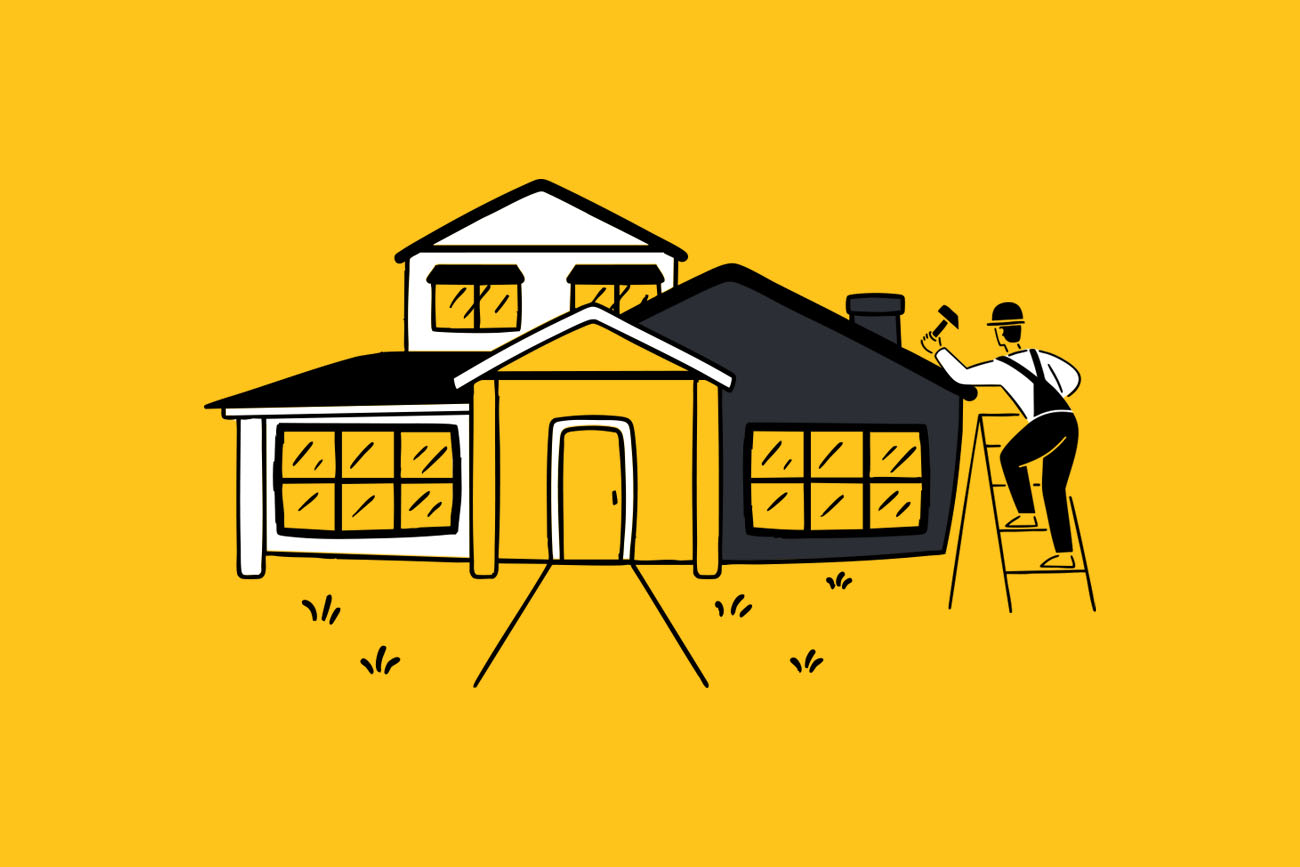The Top 5 Home Improvement Trends Shaping the Industry's Future


In the coming years, significant transformations will impact the home improvement industry. Recent insights from leading experts and industry conferences, namely the 2024 Home Improvement Research Institute (HIRI) Summit in Chicago, have highlighted key trends that brands, manufacturers, and marketers need to be aware of to stay ahead in this evolving landscape. In this post, we'll explore the top five trends that are set to shape the home improvement market in the near future.
Trend 1: A Surge in Remodeling Activity Due to Pent-Up Demand
After a period of deferred spending, particularly among higher-income homeowners, the industry is anticipating a significant increase in remodeling activity starting in 2025. Economic factors such as stabilized interest rates and an aging housing stock are contributing to this expected boom.
Eric Lynch, an economist with the National Association of Home Builders (NAHB), highlighted that the average age of housing stock has risen from 31 years in 2005 to 41 years in 2023. Homes are aging and often no longer meet current codes or lifestyle needs, prompting homeowners to consider renovations. Lynch emphasized:
"Remodeling continues to gain market share for residential construction — spending increased from 33 percent in 2007 to 39 percent in the first quarter of 2024." According to Todd Tomalak, principal at Zonda, the repair and remodel sector is expected to decline by 3.5 percent this year but rebound with 7 percent growth in 2025 and reach double-digit growth of 12.2 percent by 2026.
"We're anticipating rapid growth after hitting the bottom in Q1/Q2 next year," he noted.
Historical parallels suggest a similar pattern. Tomalak pointed out that the current drawdown in consumer remodeling spending mirrors the early 1980s when the Federal Reserve battled inflation. Once conditions stabilized then, the industry experienced 20–25 percent year-over-year growth for several years—a trend we might see repeating.
What does this mean for you?
Brands and manufacturers should prepare for increased demand by optimizing supply chains and inventory levels. Targeted marketing efforts should focus on homeowners likely to undertake deferred projects, emphasizing the value and benefits of initiating renovations now.
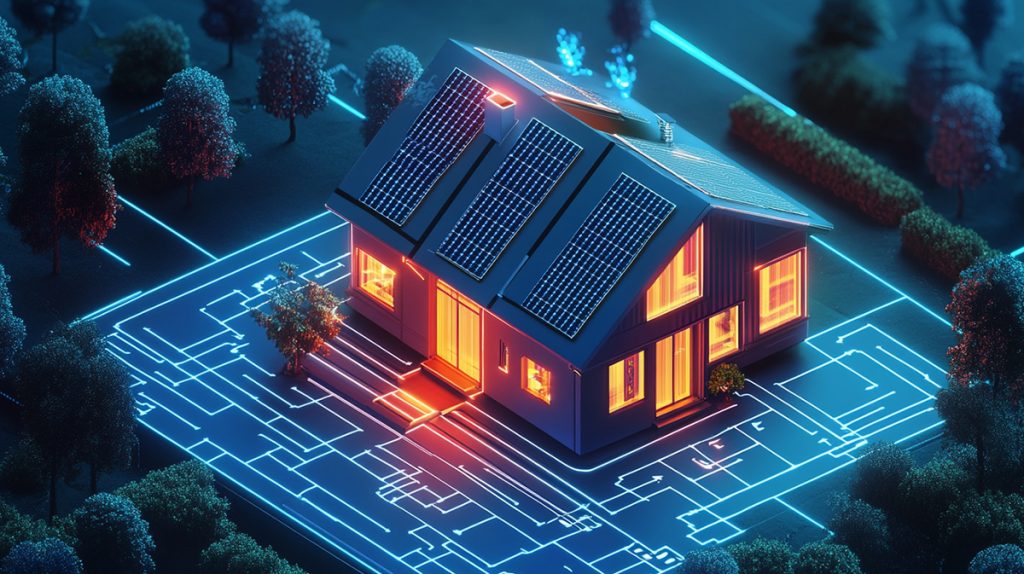
Trend 2: Growing Demand for Sustainable and Energy-Efficient Solutions
Younger generations are driving a strong demand for sustainable and energy-efficient home improvements. Millennials and Gen Z are not only environmentally conscious but also willing to invest in products that contribute to energy savings and overall sustainability.
Sara Gutterman, CEO of Green Builder Media, highlighted that Millennials possess $2.5 trillion in spending power and represent 54 percent of all new home applications. She observed:
"Millennials are the first generation to shift valuation methods for home buying, looking at the total value of home ownership, not just the lowest upfront cost." Gen Z, with $360 billion in spending power, is equally invested in sustainability. Gutterman mentioned:
"One hundred percent of Gen Z early adopters say they want to live in all-electric homes because they equate them with the desirability of Tesla vehicles."
Additionally, 85 percent report being greatly affected by climate change, and 74 percent support protests to address environmental issues.
Baby Boomers are also contributing to this trend. As they plan to age in place, 94 percent express a desire for energy-efficient homes. Gutterman pointed out: "70 percent of Baby Boomers want to age in place, and the pandemic increased their interest to do so."
The Inflation Reduction Act is expected to further boost demand for sustainable upgrades, including energy-efficient materials, smart home controls, heat pump utilities, and solar installations.
What does this mean for you?
Investing in sustainable product lines and clearly communicating their benefits can help brands tap into this growing market. Transparency in environmental, social, and governance (ESG) practices can build trust with younger consumers who are increasingly skeptical of corporate greenwashing.
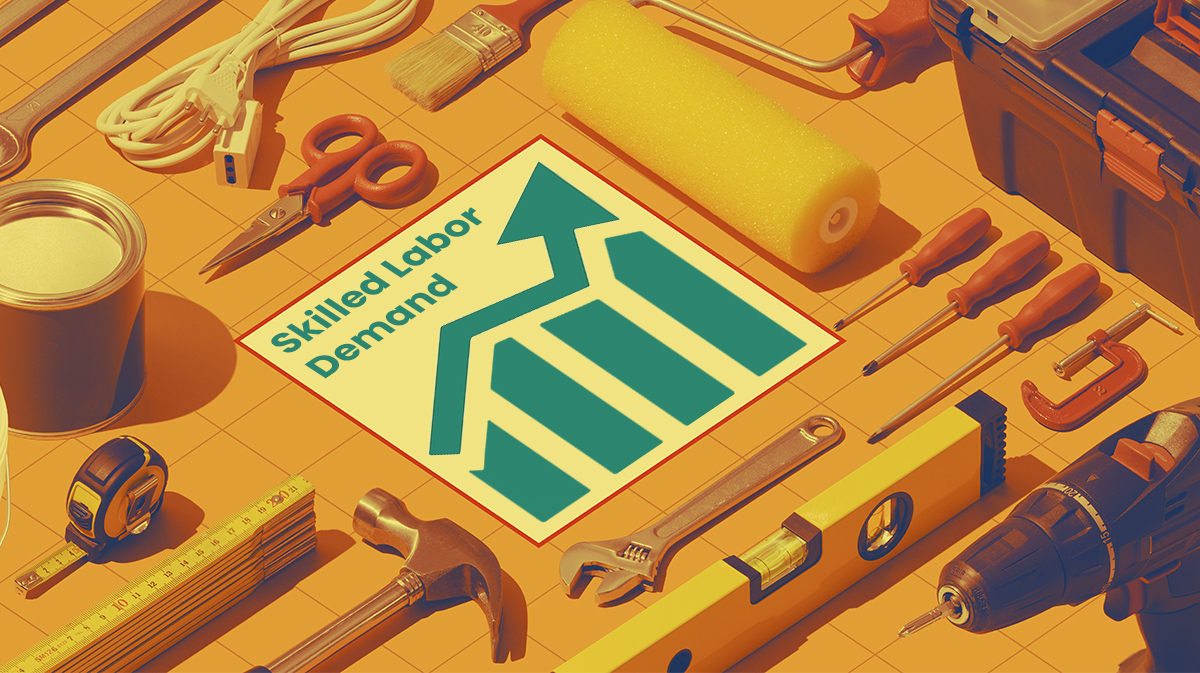
Trend 3: Labor Shortages Impacting Project Execution
The industry continues to face a shortage of skilled labor, a challenge expected to intensify with the upcoming surge in remodeling projects.
Eric Lynch from NAHB reported that 13 out of 16 construction positions are still difficult to fill, only a slight improvement from previous years when all positions were challenging.
"Labor availability is improving, slowly," Lynch stated.
Material shortages have eased significantly, with only 2 out of 13 remodeling positions currently facing shortages — a substantial improvement from 35 out of 36 in the second quarter of 2022.
Financing challenges are exacerbating the problem. Effective interest rates for builders have doubled, from 7–8 percent in 2022 to 13–14 percent now, restricting the number of projects smaller builders and contractors can undertake. Lynch highlighted:
"Financing is a big issue, particularly for smaller builders."
He added that average regulatory costs have increased to $98,870 per single-family home, accounting for 24 percent of the total price — an 11 percent gain from 2016 to 2021.
Looking ahead, Lynch projected that single-family home starts are expected to reach 998,000 in 2024, increasing to 1.019 million in 2025 and 1.105 million in 2026. He emphasized:
"We need starts to be at 1.15 million to even out supply, but we won't be there before at minimum 2026."
Todd Tomalak from Zonda warned that the anticipated surge in demand could catch the industry unprepared due to labor shortages: "If the market grows like we think, there's not nearly the amount of pro labor necessary, so they're going to run the market in that window."
What does this mean for you?
Developing products that are user-friendly and require less specialized labor to install can help mitigate labor constraints. Offering training programs and resources to help contractors and homeowners install products more efficiently can also make a significant difference. Collaborating with educational institutions to support the development of the next generation of skilled workers can address long-term labor shortages.

Trend 4: The Rise of Online Research and Purchasing
Consumers and professional contractors are increasingly turning to online platforms for researching and purchasing home improvement products.
Representatives from Google, Josh Banfield and Shea Browning, highlighted that consumers begin planning for indoor home improvements early in the year, with searches for kitchen and bath projects peaking between January and March. Interest shifts to outdoor projects in mid-March, including live plants, lawn care, and pest control.
Searches related to home renovations have increased since 2022 on both Google and YouTube. Trending topics include "best projects to increase home value," "DIY home reno," and "kitchen renovation on a budget." Banfield noted:
"Interest in remodels has increased since 2022 on both search and on YouTube."
Professional contractors are also shifting their purchasing habits. Todd Tomalak observed:
"Pro contractors are shifting where they purchase in 2024 — online only is skyrocketing amongst pro contractors."
This shift is driven by the need to save time and manage responsibilities amid labor shortages. David Pollard, Principal and Co-founder of Liv Companies, shared:
"Online buying is going to be driven up even more to save time and outsource responsibilities." He emphasized the importance of reliable online sources:
"We love things that save our teams' time; the hand-holding is helpful, but we want that to be curated."
What does this mean for you?
Enhancing your digital presence is crucial. Providing comprehensive product information, tutorials, and customer reviews online can engage and educate your target audience. Streamlining the online purchasing process for both consumers and professionals can capture this growing market segment. Investing in content marketing and data analytics can further personalize communications and build customer loyalty.
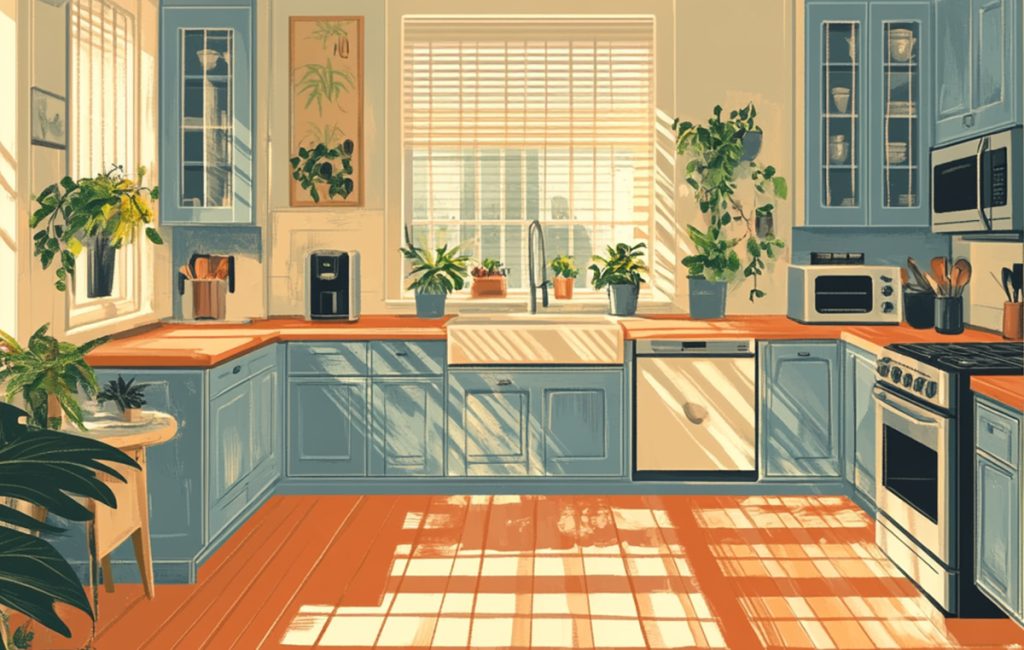
Trend 5: Influence of Generational Shifts on Design Trends
Generational preferences are significantly impacting home improvement trends, influencing both design aesthetics and functional needs.
Baby Boomers are focusing on aging-in-place renovations. Gutterman reported that "66 percent of homeowners are addressing special needs when upgrading bathrooms," with aging-in-place being the top concern. Popular upgrades include wider doors, non-slip flooring, curbless showers, and assisted living technologies that monitor daily activities.
Gen X homeowners desire family-centric designs, seeking spaces for gatherings and entertaining, as well as ergonomic home offices due to hybrid work models. Gutterman noted:
"They're taking care of parents and kids and often want designs that accommodate large family events."
Millennials and Gen Z are shaping demand for compact, sustainable homes with wellness features. Liza Hausman, VP of Industry Marketing at Houzz, highlighted emerging design trends such as organic modern styles, Japanese-inspired aesthetics, and wellness spaces like home spas and saunas.
Hausman shared that searches for "organic modern bedroom" and "organic modern kitchen" have increased by 245 percent. Interest in "moody living room" is up by 130 percent, and "home spa" searches have increased by 34 percent, indicating a shift toward spaces that promote wellness and relaxation. High-tech features are also gaining popularity. Hausman reported:
"41 percent of bathroom renovations now include high-tech toilets, with 27 percent featuring bidets and 18 percent including self-cleaning functions." She observed that "emerging trends go mainstream," highlighting the adoption of features like green cabinets, indoor/outdoor connections, and advanced appliances.
What does this mean for you?
Staying ahead by aligning your product offerings with these emerging design preferences is essential. Tailoring your marketing strategies to address the unique needs and desires of each generational group can help you capture a larger share of the market. Expanding your product lines to include items that cater to these new trends ensures you meet the evolving demands of consumers.
Putting It All Together
The home improvement industry is on the cusp of significant growth and change. By understanding and adapting to these top trends — pent-up remodeling demand, sustainability, labor challenges, digital purchasing behaviors, and generational design influences — we can position ourselves for success in the evolving market landscape.
Action Steps:
For Brands and Manufacturers:
- Invest in Sustainable Products: Align product development with the growing demand for energy-efficient and eco-friendly solutions.
- Simplify Installation: Design products that are easier to install to mitigate the impact of skilled labor shortages.
- Enhance Digital Platforms: Improve online shopping experiences to cater to both consumers and professionals shifting to online purchasing.
- Support Workforce Development: Collaborate with trade schools and offer apprenticeships to cultivate new talent in the skilled trades.
For Marketers:
- Develop Targeted Campaigns: Create marketing strategies that resonate with each generation's unique values and preferences.
- Leverage Data Analytics: Use customer data to personalize communications and build loyalty.
- Content Creation: Produce engaging content that aligns with emerging design trends and educates consumers on sustainable living.
- Build Trust Through Transparency: Openly share your company's ESG efforts and sustainability initiatives to build trust with consumers.
By proactively addressing these trends, we can meet the evolving needs of our customers and drive growth and innovation in the home improvement sector.
References:
Eric Lynch, Economist at National Association of Home Builders (NAHB)
Todd Tomalak, Principal at Zonda
Sara Gutterman, CEO of Green Builder Media
Liza Hausman, VP of industry marketing at Houzz
David Pollard, Principal and co-founder of Liv Companies
Josh Banfield and Shea Browning, Google representatives

Subscribe for
more Slant
This site is protected by reCAPTCHA and the Google Privacy Policy and Terms of Service apply.






